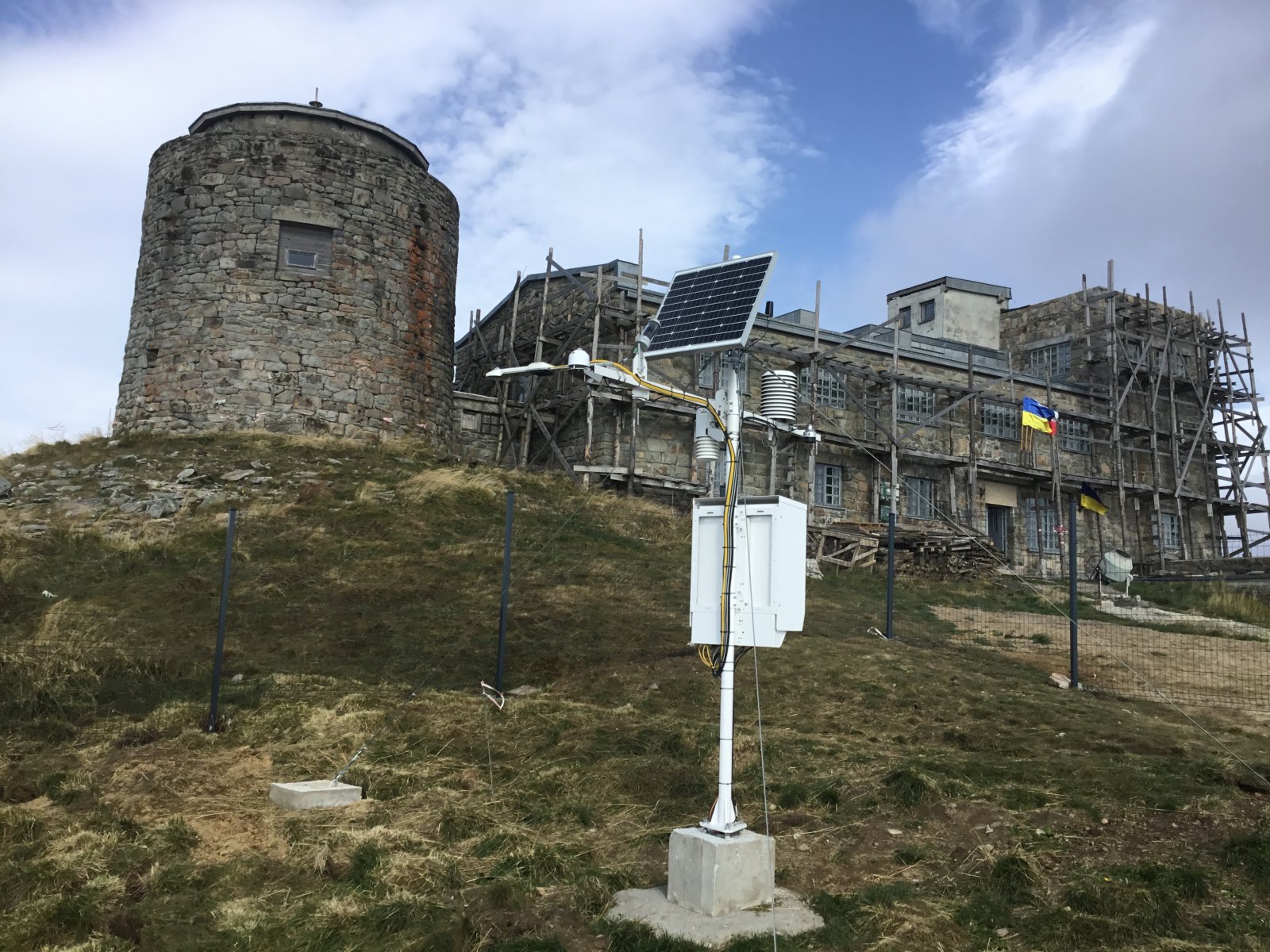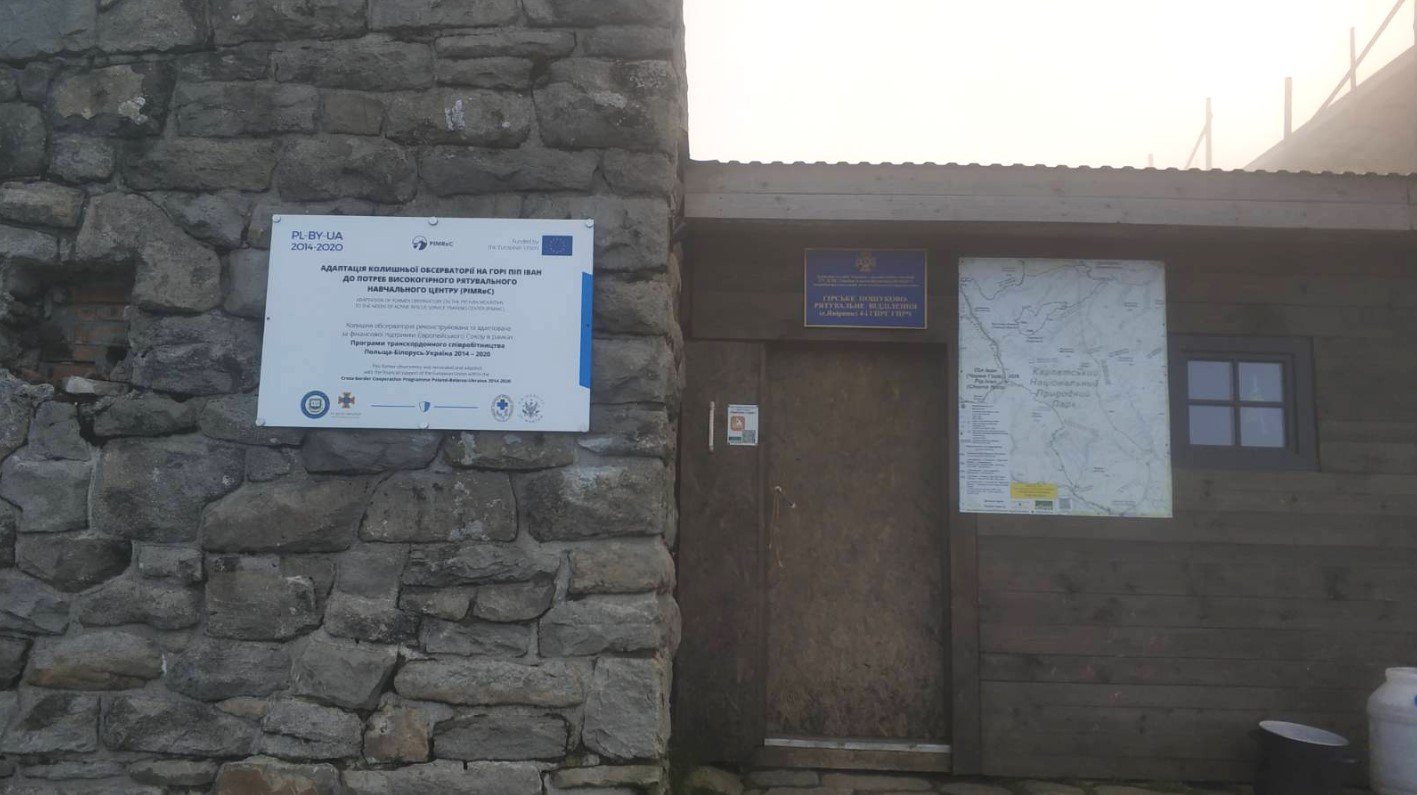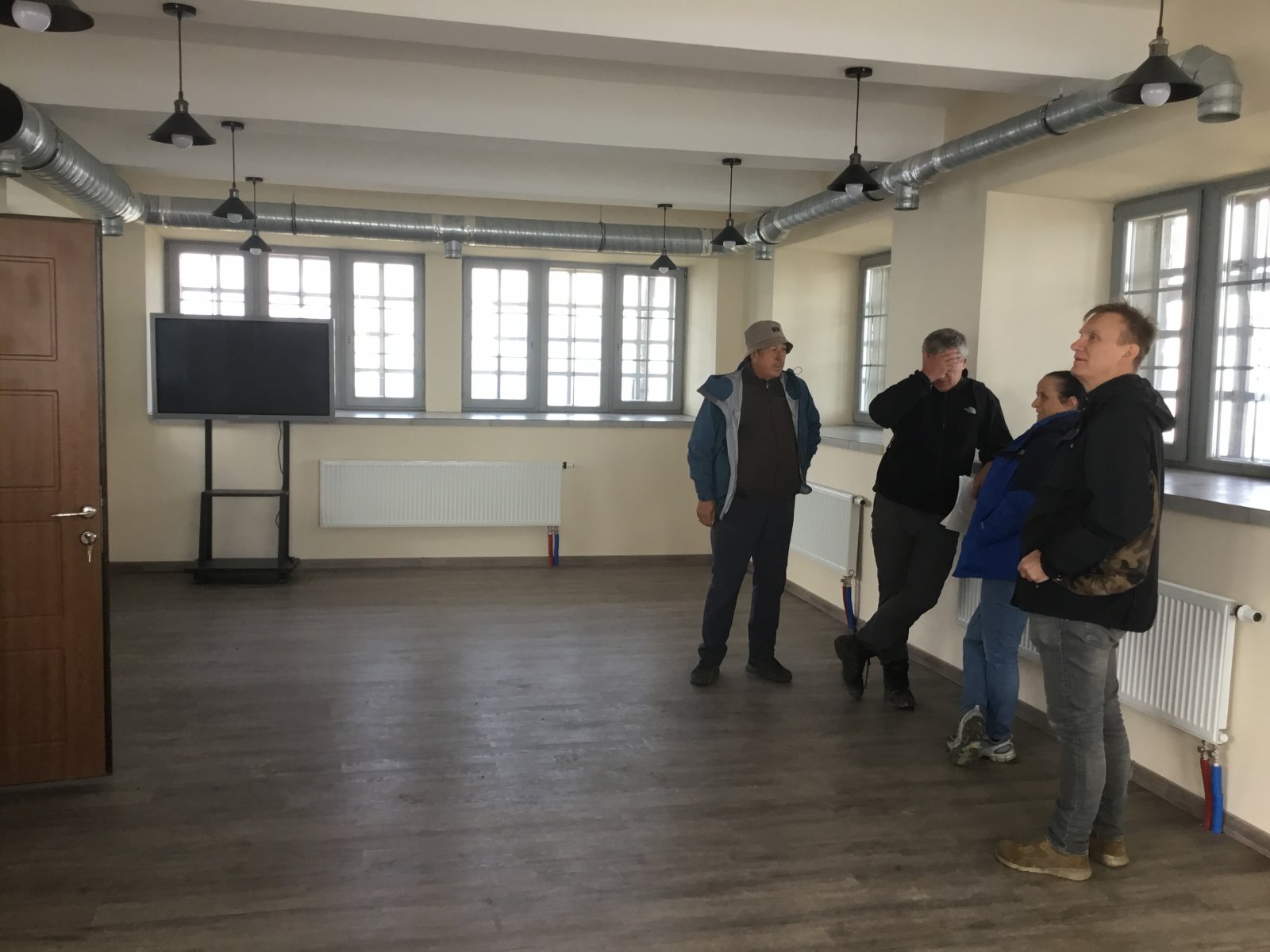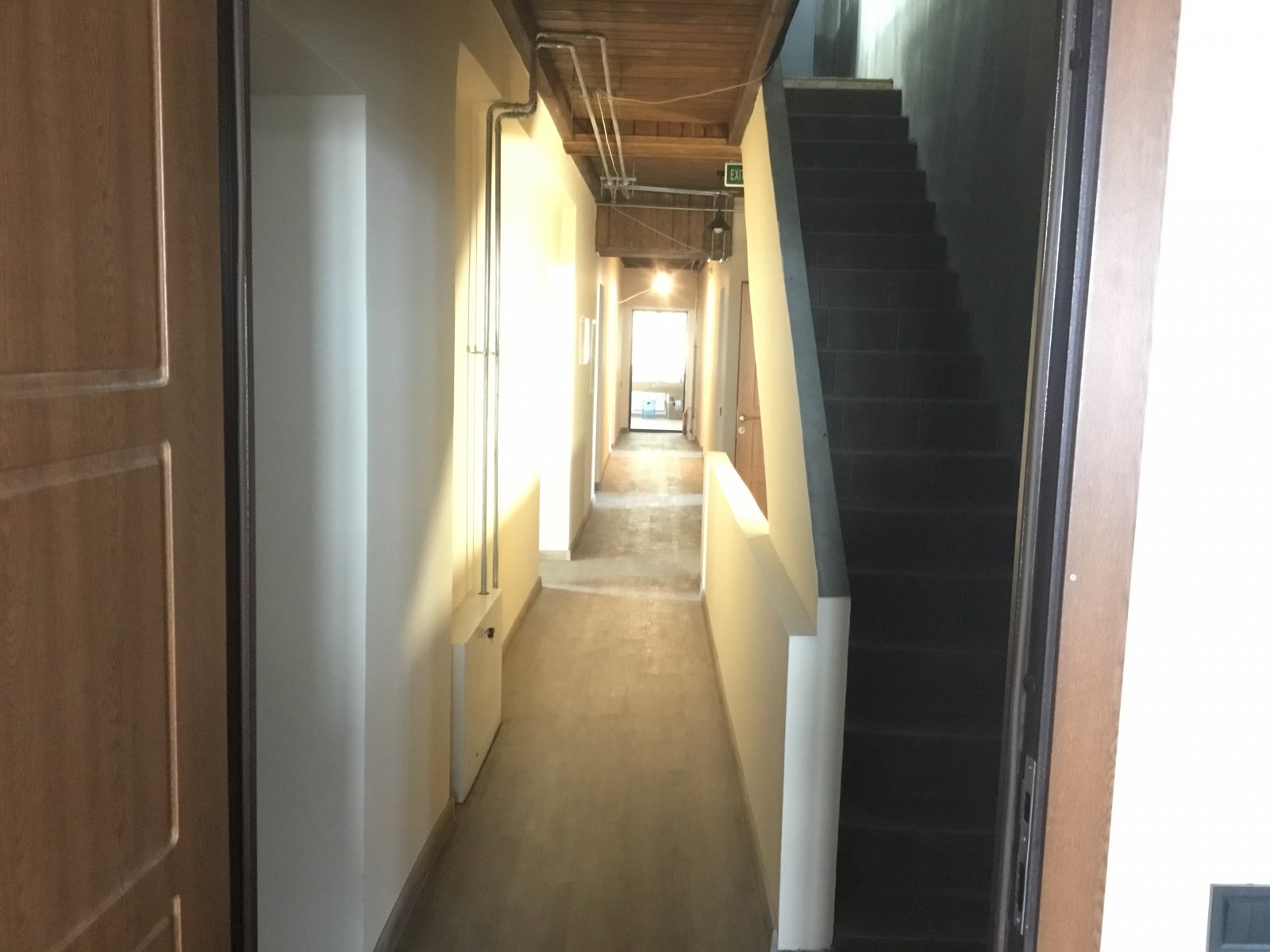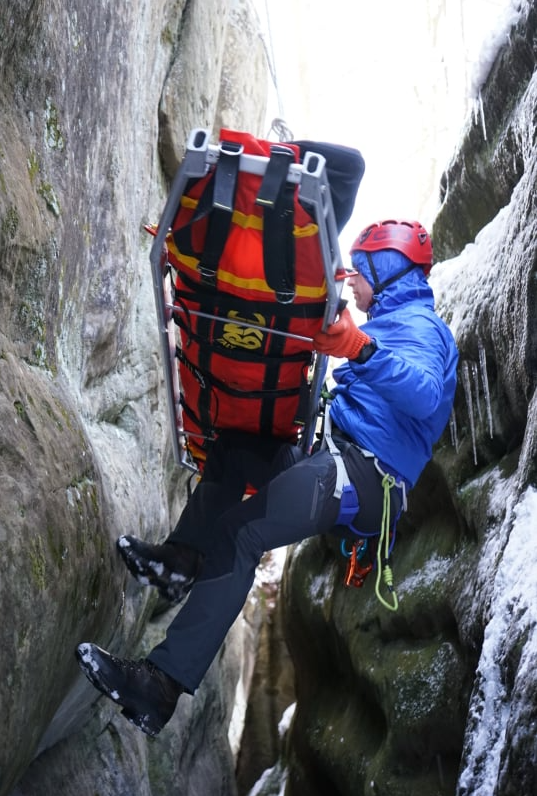
The projects implemented under the Cross-border Cooperation Programme Poland-Belarus-Ukraine 2014-2020 are not just indicators, budgets, reports and payments. Although these are inseparable elements, above all each project hides the specific ideas, values and dreams of people implementing it, as well as the stories of those who benefited from their implementation.
We want to bring some of them closer to you by the “Project stories” – the cycle which presents their more human (but also animal – as in the 1st, 13th and 14th episodes) dimension of our selected projects. We invite you to read!
His friendship with Ihor Tsependa, rector of the Vasyl Stefanyk Precarpathian National University in Ivano-Frankivsk, was forged in the heat of many challenges. The biggest of these was the reconstruction and restoration of the observatory on Mount Pop Ivan, in the Ukrainian part of the Carpathians.
The observatory, located at an altitude of over 2,000 metres, was built just before the Second World War. On the then Polish-Hungarian border, it was to be used for sky observation and meteorological measurements. For this purpose, it was equipped in the most modern way in Europe at the time. The war soon thwarted the scientists’ plans, but the building still fired the imagination of their successors. They were not even discouraged by the label ‘white elephant’. In spite of appearances, it was not just that the huge observatory with a round dome at the end resembled this friendly and rare animal in winter. The term referred to something expensive but lacking in practical value.
However, director Malicki defends the designers’ idea:
The observatory was built thanks to the hard work of the local mountaineers:
And there was a lot to carry, because the building is almost 800 tonnes of building materials, 1.5-metre walls and 43 rooms….
Extraordinary determination continues to accompany the idea of rebuilding the observatory today. It is worth mentioning that both universities have been working in unison on this issue since 2000. Eastern European Studies of University of Warsaw and Vasyl Stefanyk Precarpathian National University developed a joint PIMReC project ‘Adaptation of former observatory on the Pip Ivan mountain to the needs of alpine rescue service training center’, which was implemented thanks to funding (1.05 MEUR) from the Poland-(Belarus)-Ukraine Programme 2014-2020. It consisted not only of renovating the building, but also of changing its use for educational, research and rescue purposes. Jan Malicki and Ihor Tsependa, who heads the two institutions involved in the project, have been working together for many years, and their working meetings in the Carpathians were not interrupted by either the pandemic or the Russian aggression against Ukraine. The desire to implement the joint project was stronger than the vision of hostile raids.
The first step in this extensive and ambitious undertaking was the adaptation of part of the premises for a search and rescue post and the creation of a mountain rescue training centre. Rescue services from Ivano-Frankivsk and the Bieszczady Mountains purchased the latest rescue, monitoring and medical equipment. They also practised joint operations in different weather conditions and created an e-platform for sharing experiences. In this way, the researchers have involved mountain rescue volunteers on both sides of the border in permanent cooperation, while at the same time ensuring that tourists who are keen to choose Pip Ivan as a mountain hiking destination can now feel safer.
Thanks to the implementation of the project, a permanent rescue station has been operating on Pip Ivan since 2017 for tourists hiking in the Carpathian Chornohora Mountain Range. However, the effects of this project are not only investments and equipment purchases. It has instilled confidence in the feasibility of the whole project and triggered an avalanche of further activities and measures, which have meant that the Pip Ivan Observatory is beginning to look and operate in line with the 21st century.

